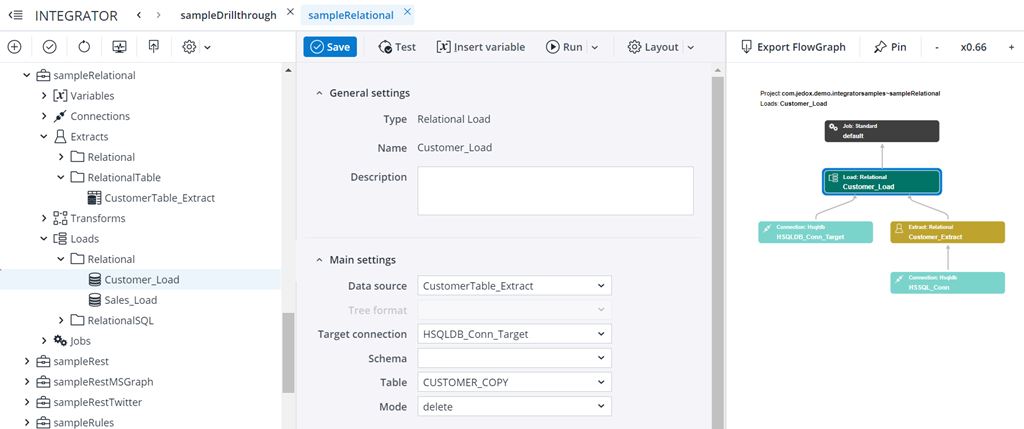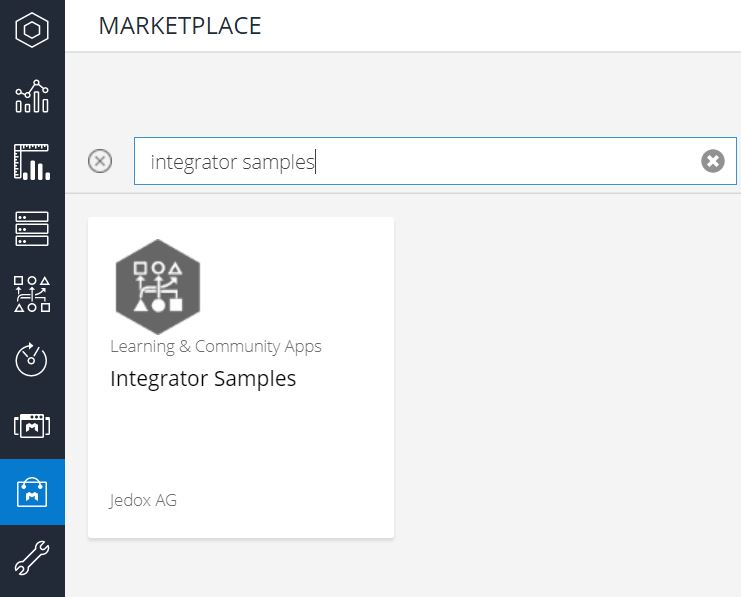Jedox Integrator FAQ
Jedox Integrator allows importing and exporting data to and from Jedox in a user-friendly web interface. Should questions about the processes arise, check below for some insights.
 How can I delete data from my H2 drillthrough database (persisted drillthrough)?
How can I delete data from my H2 drillthrough database (persisted drillthrough)?
If you want to delete data from a persisted H2 database - because it became too big, for example - you have two options:
-
Use a cube load mode "delete" and a drillthrough mode "persisted" (see more information here). In this case, you keep the persisted connection between the databases, but lose cube data.
-
Use a cube load mode "delete" and a drillthrough mode "none". Then, for a relational Delete, you need a H2 Connection + a RelationalTable Extract as source for a Relational Load mode "delete". You can also use a H2 connection together with a Relational SQL Load mode "delete".
Here you get to keep the data in the cube, but lose the persisted connection between the cube and the H2 database.
The following examples from the “Integrator Samples” Model can also be helpful:
-
sampleDrilthrough
-
sampleRelational
The "Integrator Samples" Model is available in the Jedox Marketplace.
 I found a "java heap space" error message in my etlserver.log or Integrator log monitor (e.g. error: "Abnormally terminated execution of job MyDummyJob1 Job: Java heap space"). What does it mean? What can I do to prevent it?
I found a "java heap space" error message in my etlserver.log or Integrator log monitor (e.g. error: "Abnormally terminated execution of job MyDummyJob1 Job: Java heap space"). What does it mean? What can I do to prevent it?
The message means that your Integrator job requires more Tomcat memory (RAM) than the one assigned to the process.
Please raise a ticket to Cloud Support to increase the Tomcat RAM. For on-premises Jedox installations, follow the instructions in Changing the Maximum Memory of Tomcat Service. We recommend to increase the RAM step by step and take into consideration RAM consumption of other processes (OS, OLAP, etc.) as well.
If you are not sure about the extra amount of RAM to allocate, please consult Jedox Customer Portal.
Another option is to investigate why an existing job requires more RAM than it has done in the past. Possible scenarios are:
-
Changes in the job structure;
-
The amount of source data has increased;
-
The structure of source data has changed.
Examples of resource-expensive actions in Integrator are building large dimensions with tree transforms, or transforms that persist data (e.g. Aggregation and TableView with sorting).
See also
Updated July 21, 2025

